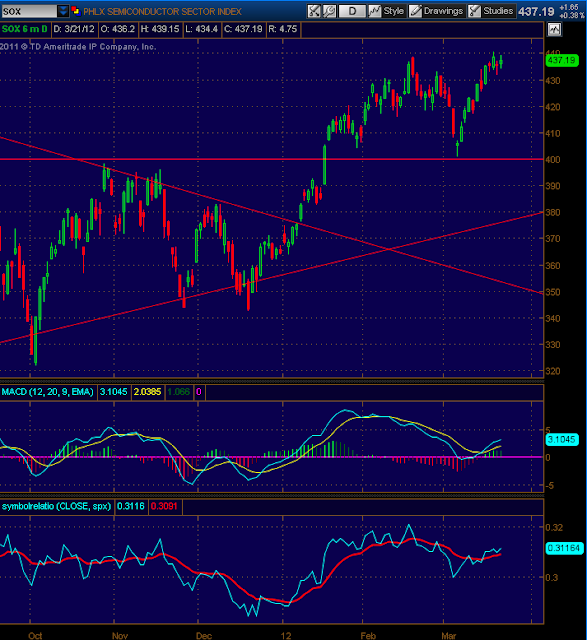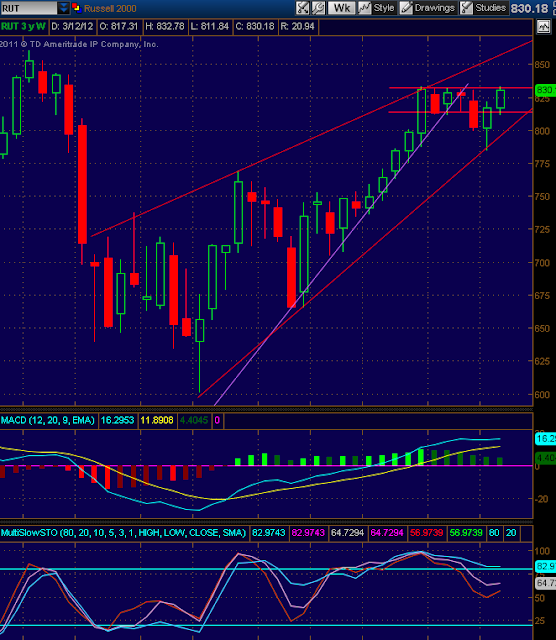Chinese gold imports will keep increasing
2012-MAR-18
 Since China began to embrace economic progress in the 1990s and let the compelling forces of capitalism take hold to raise living standards in that country, its impact on world markets has been profound. Chinese capital has become a major influence in the global economy, and demand from China has had a huge impact on commodity prices. But an exception to the Chinese influence has been gold.
Since China began to embrace economic progress in the 1990s and let the compelling forces of capitalism take hold to raise living standards in that country, its impact on world markets has been profound. Chinese capital has become a major influence in the global economy, and demand from China has had a huge impact on commodity prices. But an exception to the Chinese influence has been gold.
China has had little impact on world gold markets. The reason being that Chinese domestic gold production, which over the past several years has grown to make China the largest gold miner in the world, was sufficient to satisfy domestic demand. Consequently, in contrast to other markets in which China has become an important source of demand, it has had little impact on the demand for gold.
Just over a year ago, however, the balance between Chinese gold production and demand began to change. Chinese mining companies were unable to produce enough metal to satisfy the growing domestic demand, with the result that China began importing gold.
The trend for importing gold began modestly, and received little attention. But last year this growing trend started to get noticed. The Financial Times in September 2011, for example, reported: “Data from the Hong Kong government showed that China imported a record 56.9 tonnes [of gold] in September, a six-fold increase from 2010. Monthly gold imports for most of 2010 and this year run at about 10 tonnes, but buying jumped in July, August and September. In the three-month period, China imported from Hong Kong about 140 tonnes, more than the roughly 120 tonnes for the whole 2010.”
More recently, Reuters reported: “China imported nearly a fifth more gold from Hong Kong in November [2011] than the previous month, continuing a trend of sharply rising purchases that has seen bullion flows to the mainland more than treble in the first 11 months of the year. A record 102.525 tonnes of gold entered the mainland from Hong Kong in November, the Hong Kong Census and Statistics Department said.”
These are huge numbers. Last year India imported approximately 900 tonnes of the roughly 2,800 tonnes of gold mined last year. But China is rapidly closing the gap, and is likely to overtake India in the next few years. The impact on the global gold market from such an event, if it were to occur, would be profound and obviously very bullish. But even if China does not become the world’s largest gold importer, the inability of Chinese producers to mine enough metal to meet domestic demand will alone be very bullish for the gold price.
Given the above it is clear to see that China has become an important influence in the gold market and consequently, on the gold price. It is therefore another reason to remain bullish on the prospects for the metal of kings.















